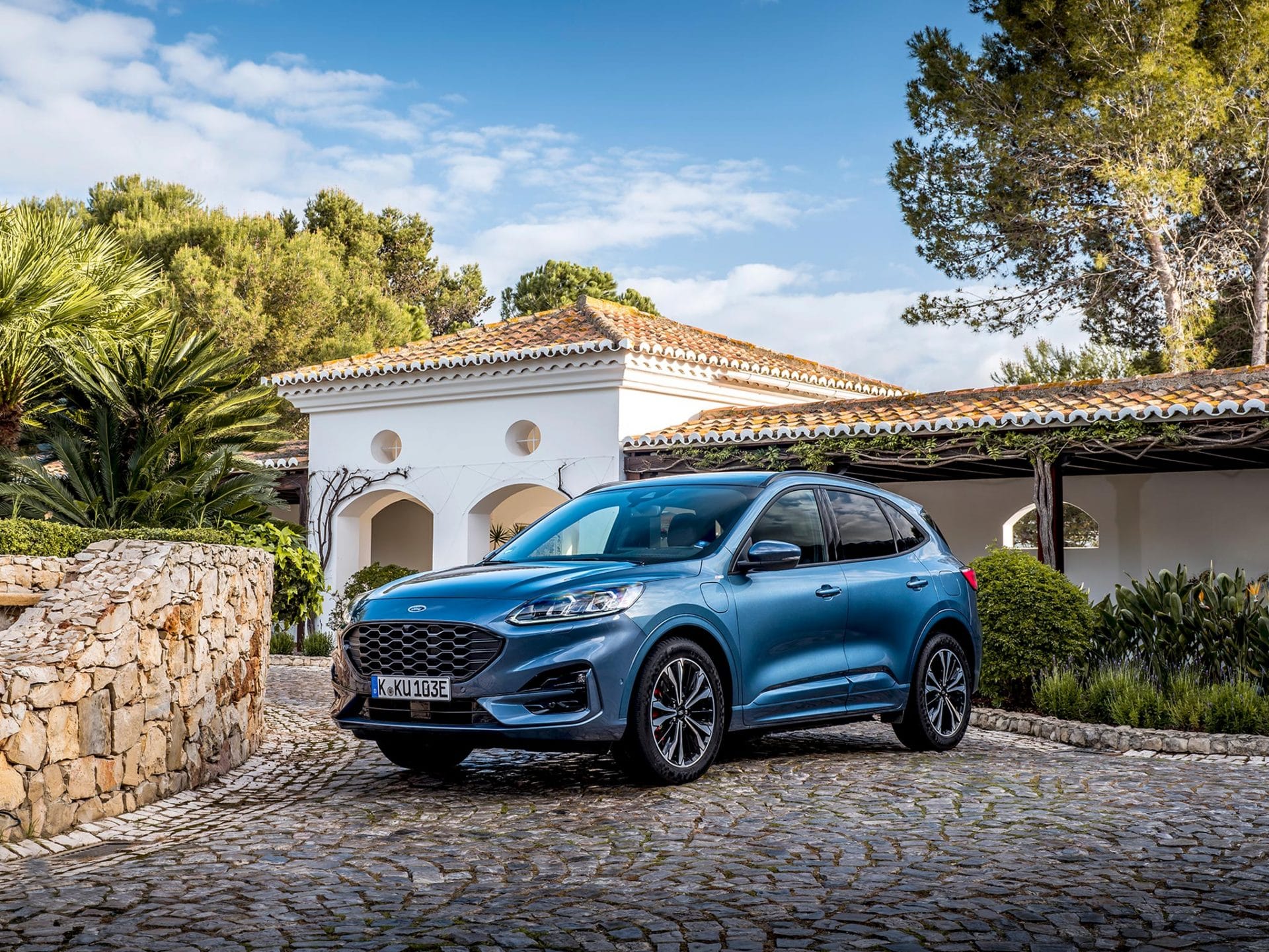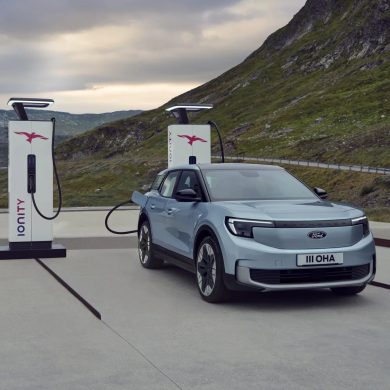The Ford Kuga Plug-In Hybrid (test and rating of which by Topspeed.gr is coming soon) took the position of the most popular PHEV in sales of any category across Europe during the first half of 2021, according to data from Jato Dynamics. Owners of Kuga hybrids, as shown by Ford and independent studies, make the most of the 56 km pure electric range offered by the car, saving up to €800 in fuel per year.
The Kuga Plug-In Hybrid recorded more sales in June than in any previous month - more than 6,300 units - and now exceeds all other versions of the Kuga family overall. In the months of April, May and June, the Ford sold almost 16,000 Kuga Plug-In Hybrid, outperforming its nearest competitor by more than a third for the same period.
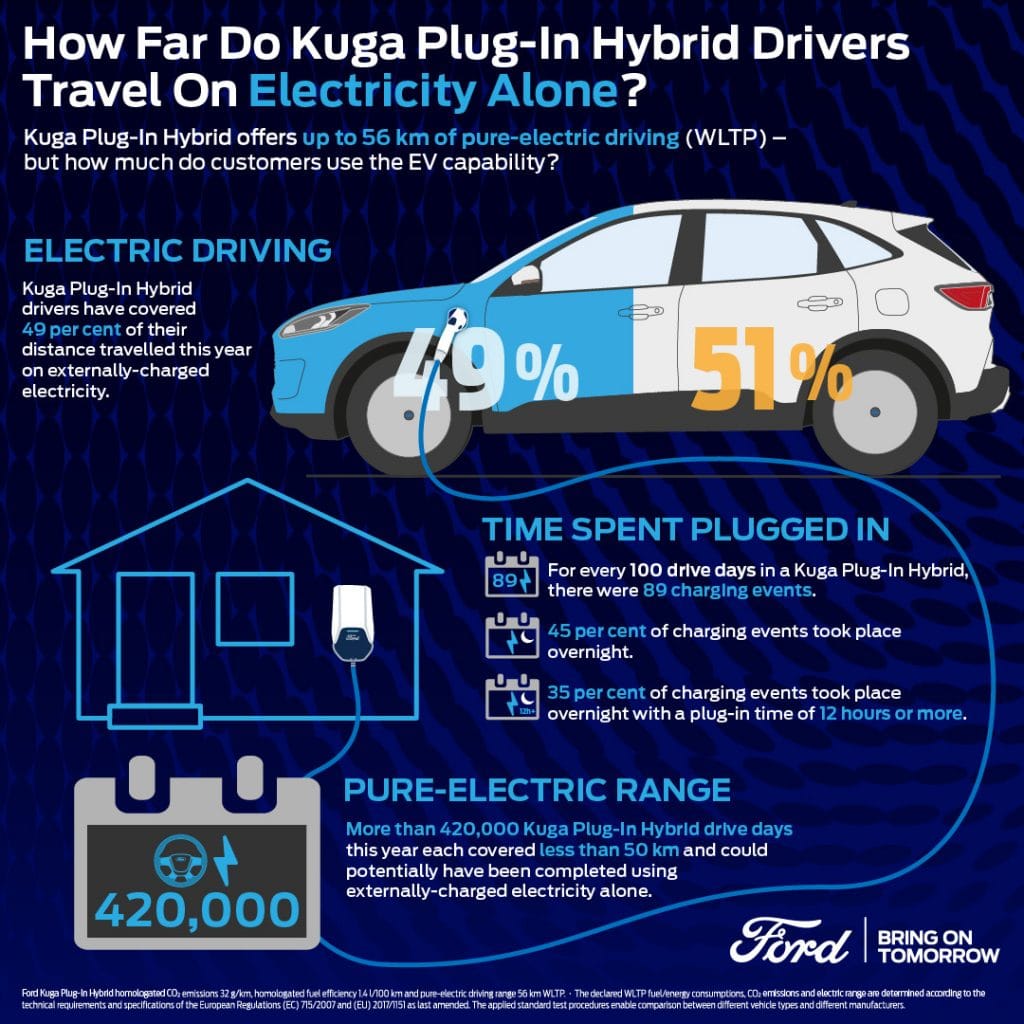
Sales of plug-in hybrids and pure hybrids electric passenger vehicles are soaring across Europe as more and more people discover how to manage their driving needs comfortably and economically - mainly through home charging. Models with plug-in hybrid drive system are the 8,4% of European sales new vehicles during the second quarter of this year, an increased performance over 255% compared to the same period last year.
"We firmly believe that our customers are buying hybrid vehicles to take advantage of the benefits of electrification and in line with this, Kuga Plug-In Hybrid owners are looking to use their cars in EV mode as much as possible." says the general manager, Passenger Vehicles, Ford Europe, Roelant de Waard and it goes on: "We're committed to an electrified future for Ford, and the fact that Kuga is the No.1 selling PHEV proves that our customers want to join us on this exciting journey."
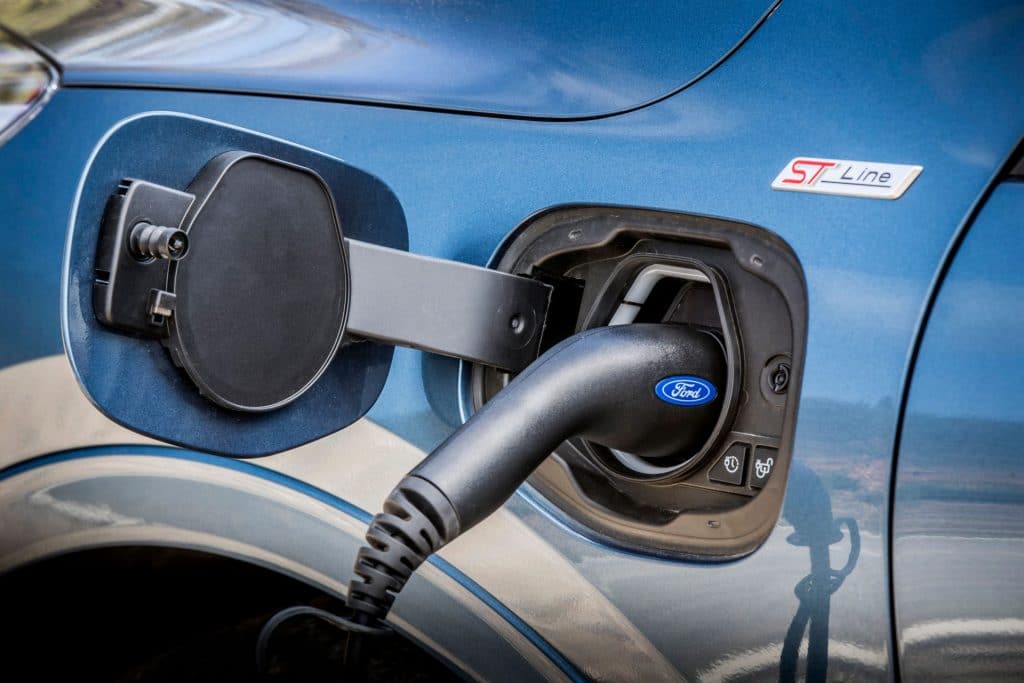
According to anonymised data obtained by Ford in real-world conditions, Kuga Plug-In Hybrid drivers across Europe have so far covered the 49% of the total mileage using energy solely from the battery charged from an external source.
The use of KugaPlug-InHybrid
Anonymised real-time data collected by Ford to further understand and optimise the ownership experience of PHEV vehicles has yielded useful information such as:
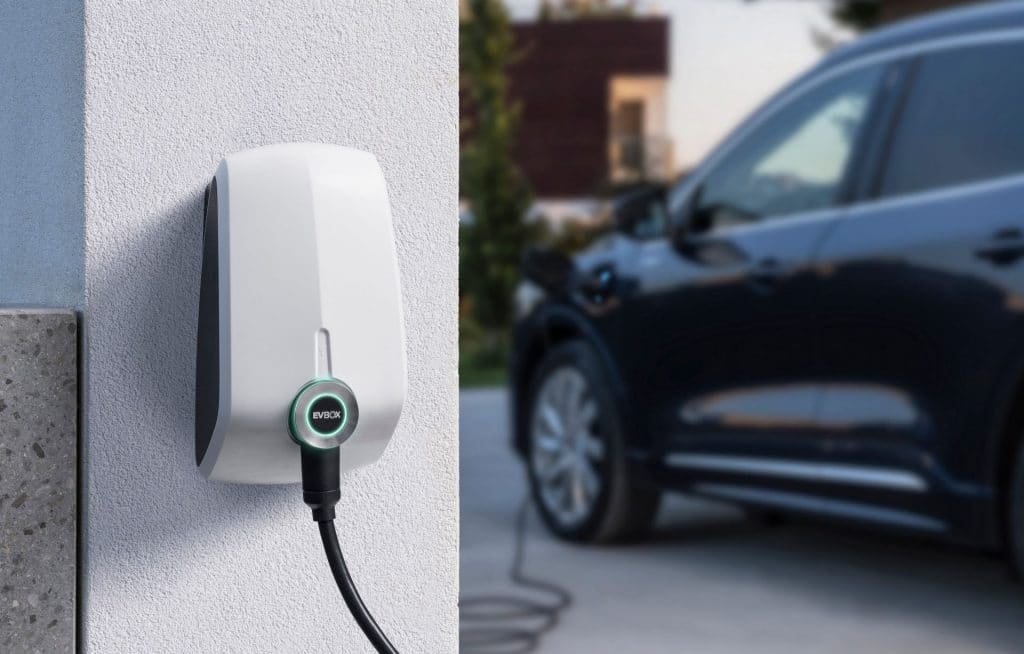
- Drivers make considerable use of the electrification potential of the KugaPlug–InHybrid. Almost half (49%) of the total distance travelled this year was covered using an external charging source.
- More than two thirds of the routes of the holders KugaPlug–InHybrid are smaller, such as local routes up to 50 km or less that can be completed using energy from an externally charged battery. From more than 633,000 driving days, the fleet of vehicles managed to complete more than 420,000 zero-emission driving days this year. The average daily distance travelled was 52 km, a value lower than the vehicle's all-electric range (56 km according to the WLTP protocols).
- Customers feel confident using battery technology and can have regular access to charging points. For every 100 days of driving a Kuga Plug-In Hybrid, 89 charges were made.
- Customers take advantage of overnight charging and cheaper night-time electricity tariffs to reduce operating costs. 35% of the charges took place at night, with a connection time of 12 hours or more - double the 6 hours required to fully charge the battery from a conventional 230-volt supply. Overall, 45% of all charging took place during the night, indicating that customers' charging habits are similar to those of charging their smartphones or tablets.
In... euro
Maximising driving time with electricity stored in the battery via an external source can offer drivers significant economic benefits. Based on the average price of petrol and household electricity in Germany, the driver of a Kuga Plug-In Hybrid would pay €10.40 per 100 km using only petrol, with the equivalent price being €5.05 per 100 km using electricity from an external source. For an annual mileage of 15,000 km, this translates into total savings of more than €800 per year.
Earlier this year, Ford announced that 100% of its passenger vehicle range in Europe will be able to run on zero emissions - pure electric or PHEV - by mid-2026, with the transition to pure electrification completed by 2030. Earlier this month, the new all-electric Ford Mustang Mach–E GT went on sale for the first time in Europe, with more than 5,300 units delivered to customers in the second quarter of 2021.
The range of electrified passenger vehicles also includes mild hybrid and full hybrid versions for the Kuga, as well as full-hybrid powertrains for the Mondeo Hybrid, S MAX Hybrid and Galaxy Hybrid. The Explorer Plug-In Hybrid is also available, as well as mild hybrid powertrains for the Puma, Fiesta and Focus EcoBoost Hybrid models.
Using a 2.5L four-cylinder petrol engine operating according to the Atkinson cycle, combined with an electric motor-generator and a 14.4 kWh lithium-ion battery, the Kuga Plug-In Hybrid offers a pure electric range of up to 56 km (WLTP), a fuel consumption of 1.4 l/100 km, based on the same protocol, and CO2 from 32 g/km. The vehicle can be charged from an external supply via a side-mounted charging port on the left front fender.
Drivers can choose how and when to use battery power using EV Auto, EV Now, EV Later and EV Charge modes. In addition to charging from an external supply, the Kuga Plug-In Hybrid can automatically replenish energy on the move through regenerative charging technology that recovers kinetic energy normally lost during braking.


